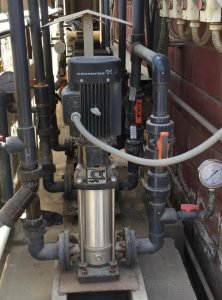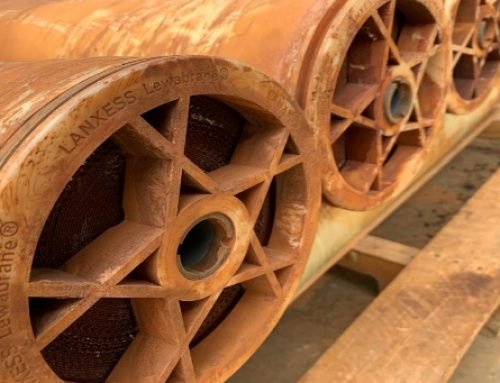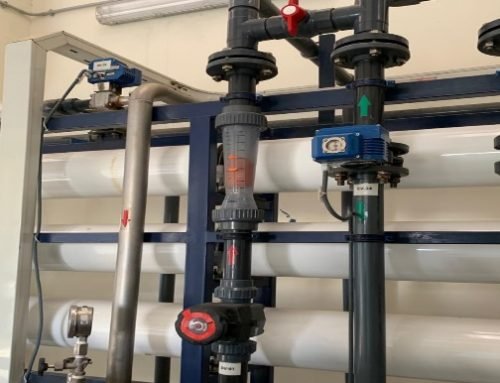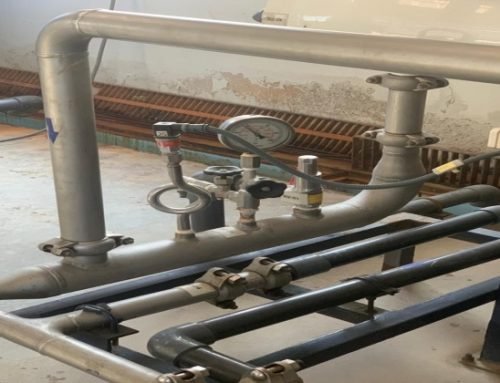
Here we have installed CRN Series, this is managed and updated through PLC to make it compatible and in sync with the system. It is controlled that which pump should start automatically according to the required pressure limit and when the required pressure limit is achieved the pump automatically turns off. There are 4 pumps which are connected to single header maintaining the specific flow rate.
Surpassing great siphon pressure ability:
On the off chance that you set the cut out (quit siphoning) pressure higher than the water siphon is equipped for coming to, the siphon will simply continue running inconclusively until it catches fire or blows a wire or excursions an electrical switch or overheats.
Causing a cracked water tank inward bladder:
We have had various reports of burst bladders in water tanks.
In typical utilization the bladder in most water tanks isn’t of any concern in any way – the inward water tank bladder just goes here and there as water enters or leaves the tank – pressure on either side of the bladder (air on one side, water on the opposite side) continues as before.
On the off chance that your water tank is of a less regular model in which air is inside the bladder instead of outside it, extreme pneumatic force could blast the bladder.
If you set the water siphon pressure excessively high on one of these frameworks, you may make the water bladder burst inside the tank. In an extraordinary case you may explode the water tank itself. Most water tanks are not structured along these lines.
Causing spills at apparatuses:
Regardless of whether your water tank were appraised for high weight, and regardless of whether your water siphon is prepared to do high water pressure, in the event that you run water pressure in a structure more than 70 or 80 psi you can hope to have intermittent holes at plumbing installations: most water fixtures and tub spigots are not intended for high weight use.




